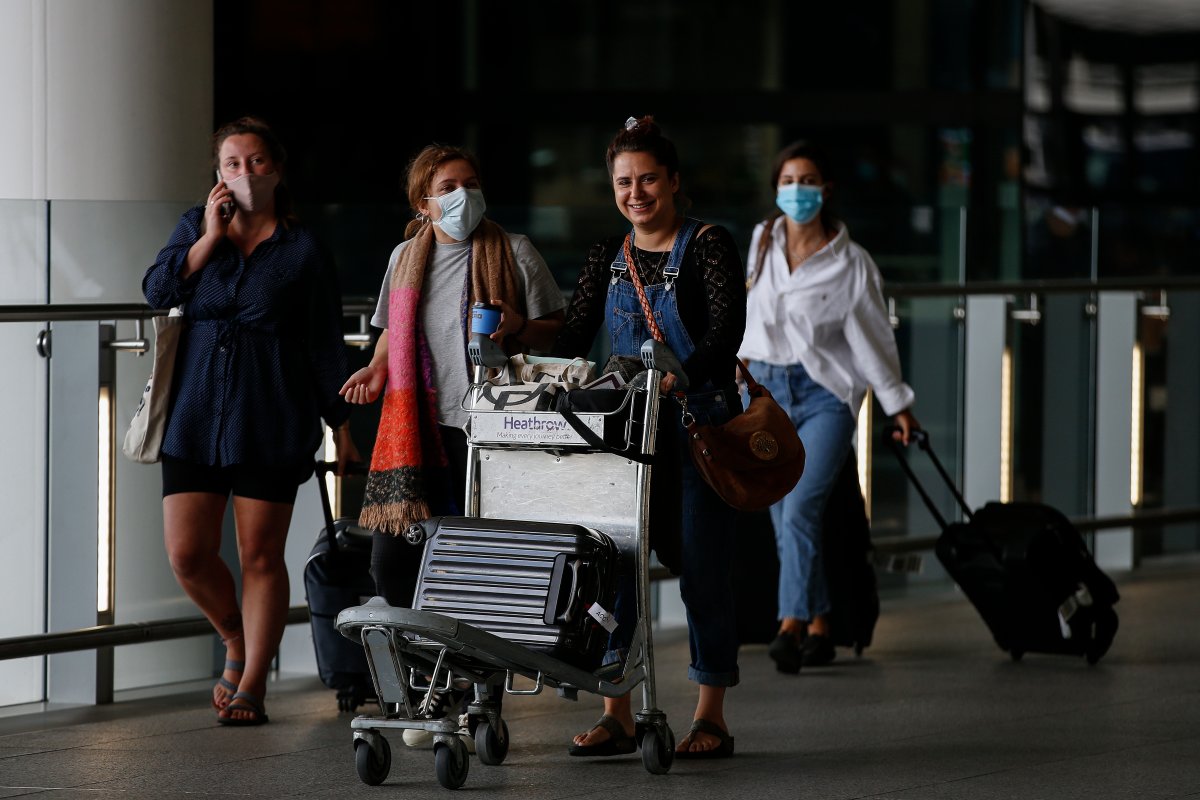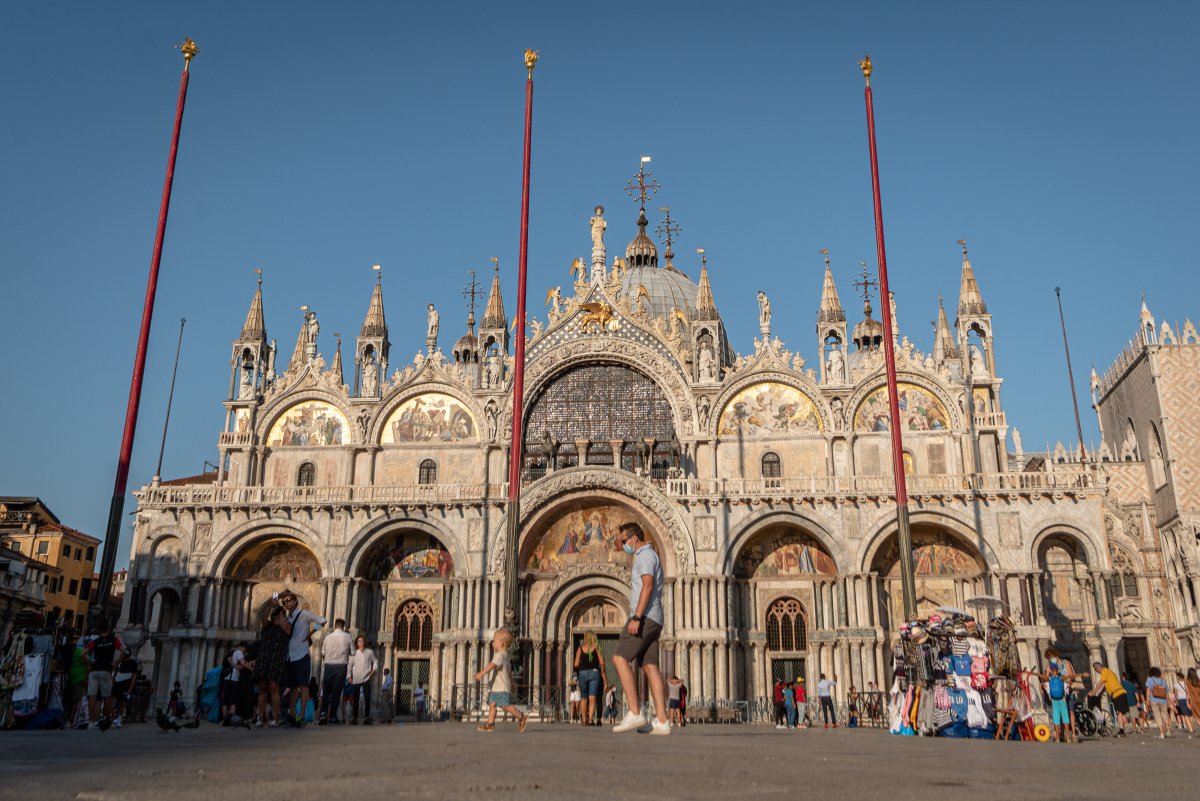At 5 p.m. on Thursday, Aug. 27, the U.K. government issued its latest changes to its COVID-19 travel corridors “safe list,” i.e. countries from which travellers do not need to self-isolate on arrival in England.

Cuba was added to the safe list, but the Czech Republic, Jamaica and Switzerland were taken off.
Confusingly, the other U.K. nations of Northern Ireland, Scotland and Wales decide their own lists, which are mostly, but not exactly, the same as England.
The changes were set to come into effect on Saturday, Aug. 29 at 4 a.m., giving British residents in those three countries 35 hours to get home or face the prospect of self-isolating for 14 days.
In recent weeks, two of the most popular holiday destinations in Europe — France and Spain — were also suddenly removed from the safe list.
It even caught out British Transport Secretary Grant Shapps, who missed the deadline and decided to cut his family vacation in Spain short to start his self-isolation as soon as possible.
The U.K. bases its changes on COVID-19 infection rates over the past seven days.
If the rate goes above 20 infections per 100,000 residents, then a country is removed from the safe list.
London resident Saul Burban flew to London from Switzerland on Friday, changing his flight to avoid an obligation to self-isolate.
“It would have been a massive drama had they only told us on the day, or mentioned it on the day, but there were rumblings in the press a couple of days before that so it sort of gave me a heads up,” he said.
“So I knew to keep an eye out on it, and when I thought they were going to make a decision, I just rang up a little bit earlier to get my flight, and I’m happy that I did because that was the only flight that was available.”
German tourists have faced similar issues this week when Germany added Paris and the French Cote d’Azur regions to its quarantine list.

Get weekly health news
Travellers who arrive in Germany from an “at-risk” region are obligated to provide proof of a negative COVID-19 test within the previous 48 hours, to avoid having to self-isolate for 14 days.
Germany has a more liberal definition of an “at-risk” region than the U.K., with a threshold of 50 new infections per 100,000 people over the previous seven days.
The small island nation of Iceland has perhaps the most conservative measures in Europe.
Since Aug. 19, it considers all countries to be “at-risk” areas.
Before that, only Denmark, Norway, Finland and Germany were on its safe list.
New-rule overload
“To say that this is frustrating and confusing is to put it mildly,” said U.K.-based travel writer Fionn Davenport.
“But if I was to be generous to the health officials, I would say, ‘well, I don’t know what else they can do.'”
Davenport has seen his income fall dramatically since February.

The differing tactics being taken by different countries are even creating diplomatic tensions.
The economies of sunny, southern European countries rely hugely on the annual influx of northern Europeans.
On Aug. 22, Croatia’s state secretary for tourism responded to his nation’s removal from the U.K. safe list, by appealing to Britain to allow travellers to take a COVID-19 test to exempt themselves from self-isolating.
The U.K. government has not given details on any potential future testing regime for arriving travellers.
The political implications of self-isolation rules could even impact the U.K.’s ongoing Brexit negotiations with Europe.
On Wednesday, EU Trade Commissioner Phil Hogan was forced to resign over allegations he breached COVID-19 guidelines during a trip to Ireland.
European Commission President Ursula von der Leyen said she expects “the members of the College to be particularly vigilant about compliance with applicable national or regional rules or recommendations.”
For those who do decide to travel, however, the benefits might outweigh the stresses of travel-rule confusion.
Popular destinations like Barcelona, Florence and Paris are normally overflowing with tourists at this time of year.
In 2020, the experience is very different.
This month, Davenport travelled to Venice — his first foreign trip in six months — a city that normally welcomes tens of millions of visitors a year.
“It reminded me of what it would have been like when I first went in the mid-’70s, maybe as a little kid with my parents, in that there were no extra-European visitors. So no visitors from the U.S., no visitors from China and all the other non-EU visitors,” he said.
Until the pandemic is over, it looks like travelling could remain a high-risk-high-reward activity.











Comments